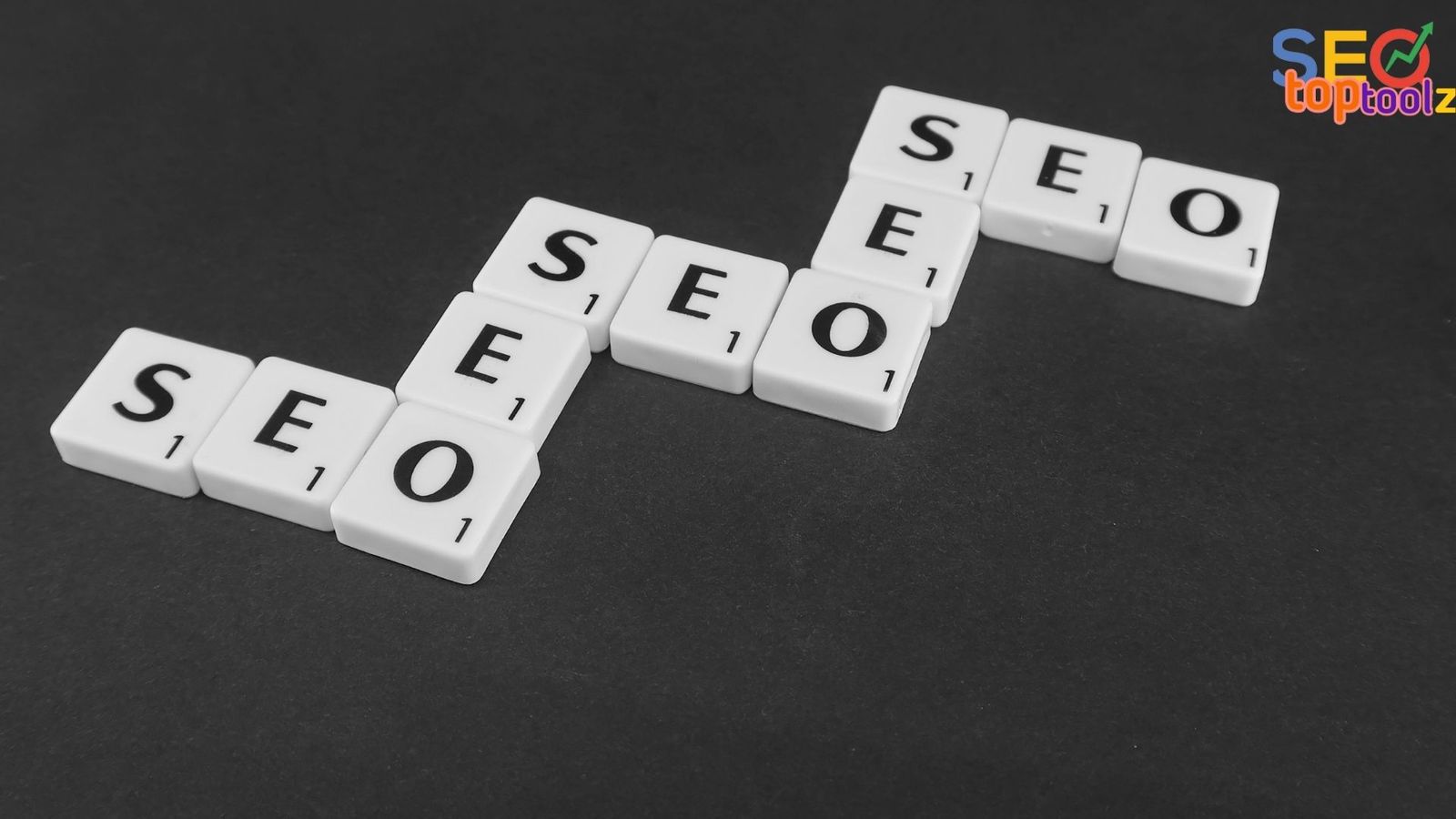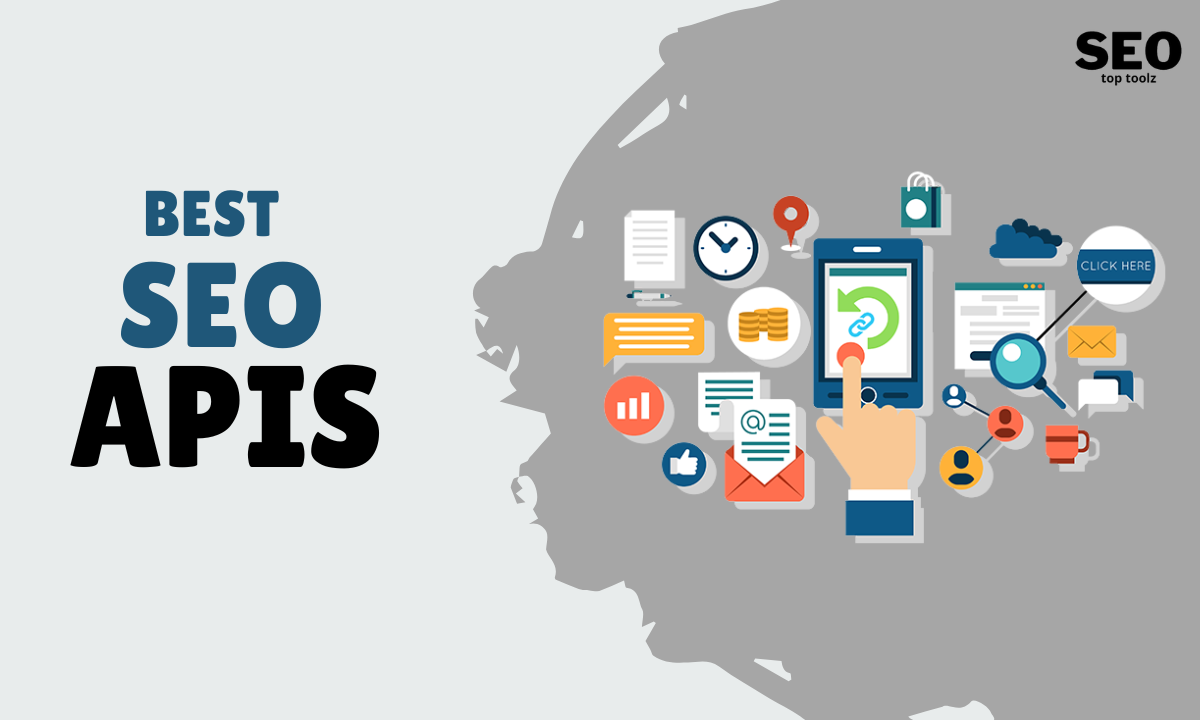5 Best On-Page SEO Ranking Factors

The initial stride towards enhancing your website’s SEO, encompassing on-page SEO, hinges on the identification of paramount considerations tailored to your unique business needs. There exists no universal panacea for this query, for the quintessential on-page ranking determinants are contingent upon the specific content and demographics served by the website in question. Nevertheless, among the pivotal on-page ranking determinants lie elements like judicious keyword utilization, pertinent content, meticulously crafted meta tags, and adeptly woven internal linking strategies.
5 Best On Page SEO Ranking Factors
Keyword Research
Some of the most important on-page SEO ranking factors are as follows:
1. Title Tag
2. Meta Description
3. H1 Header
4. Image Alt Text
5. Keyword Density
6. URL Structure
7. On Page Editing and Formatting
8. Social Media Integration
9. Reviewers Rating and Comments
On-Page Optimization
Several crucial actions can be undertaken by your website to elevate its standing within the competitive arena of search engine results pages (SERPs). Through the meticulous optimization of these facets, you can augment the probability of users stumbling upon your website when they seek information pertinent to a particular subject matter.
1. Use keyword density correctly
A cornerstone of on-page SEO of utmost significance revolves around the astute deployment of keywords. It is imperative to ensure that each chosen keyword finds its presence not only within the substantive content of the page but also graces the titles of your articles and takes its place within the meta descriptions, thereby maximizing its visibility and impact. A high keyword density will help improve your website’s ranking.
2. Create quality content
Crafting top-notch content stands as a paramount strategy for elevating your standing within the labyrinth of search engine results pages. Exemplary content encompasses a spectrum ranging from informative articles to captivating user-generated contributions. This approach guarantees that your website emerges as a fount of utility and knowledge in the eyes of users, paving the way for augmented traffic volumes and an upswing in revenue generation.
3. Optimize images
Images constitute a pivotal facet of any website’s visual aesthetics, and their significance magnifies within the realm of search engine results pages (SERPs). It is imperative to meticulously fine-tune each image for enhanced search engine visibility, seamlessly incorporating keywords within their titles and alt tags. Including relevant keywords will help improve your website’s ranking in SERPs.
Link Building
When constructing a website, there exists a plethora of on-page SEO ranking factors demanding careful consideration. Nevertheless, among the most pivotal ones to prioritize are:
1. Prudent management of keyword density is paramount. Insufficient keyword density may lead to punitive measures from search engines. A good rule of thumb is to use 1% to 2% of your page’s text as keywords.
2. Use relevant titles and descriptions: Your titles and descriptions should be focused on helping people find what they’re looking for on your website. Make sure you use keywords throughout, and also make sure the title is catchy and draws attention.
3. Optimize images: Quality images that are optimized for search engines can help you rank higher in search engine results pages (SERPs). When uploading images, make sure they are high-resolution and properly titled with keywords.
4. Incorporate backlinks to your website consistently: It’s imperative to embed links leading back to your website within blog posts, articles, and various online content you generate. This practice not only facilitates visitors in retracing their path to your site but also heightens the likelihood of them clicking through to explore or engage with your products and services further.
Social Media Marketing
1. Use keywords throughout your content
Harnessing keywords throughout your content stands as a pivotal stride in fortifying your site’s SEO prowess. This not only enhances your search engine ranking but also serves as a catalyst, enticing individuals to click through to your website and delve into the offerings you provide.
2. Incorporate visual elements such as images and videos.
An additional potent method for elevating your SEO ranking involves the judicious utilization of images and videos. These not only serve as captivating tools for seizing users’ attention but also facilitate the creation of an immersive website experience. Furthermore, the incorporation of video content can significantly augment your click-through rate, attracting prospective customers seeking information on particular subjects.
3. Optimize your website’s title tag and meta description
Title tags and meta descriptions stand out as paramount components influencing a website’s SEO ranking. It is imperative to optimize these elements to their utmost efficacy. Title tags should encompass keywords that succinctly delineate the content of your page, while meta descriptions should furnish a concise preview of the content accessible on the site.
Identify the top three paramount on-page SEO determinants.
There are three main factors that contribute to a website’s on-page SEO ranking: the title tag, meta description, and H1 heading.
Title Tag
For the title tag to be maximally effective, it should be concise, descriptive, and laden with keywords. It’s crucial to incorporate at least one keyword phrase while maintaining consistency in font with the rest of the page’s content. Additionally, it’s worth noting that the title tag is prominently displayed in search engine results pages (SERPs) when users initiate a Google search.
Meta Description
The meta description is an optional field that provides a brief summary of your page. It should be no longer than 160 characters and should not contain any keywords. It helps Google determine what your page is about and determines whether or not to include it in SERP results.
H1 Headings
H1 headings are the most important on page SEO ranking factor because they appear first in SERP results. They must be relevant to your content and include keywords. The heading can be up to 40 characters long and should be placed above the logo and other navigational elements on your page.
What factors affect page rank?
1. PageRank
2. On-Page Optimization
3. Keyword Density
4. Title Tag
5. H1 Headings
6. Description Tag
Conclusion
In the contemporary landscape of fiercely competitive search engines, it becomes imperative that your website undergoes meticulous optimization, encompassing both on-page and off-page SEO facets. This comprehensive approach entails the optimization of various elements, including website content, meta data (tags and descriptions), H1 headings, crawlability score, and more. To facilitate your foray into the realm of on-page SEO ranking factors, I have curated a list of the most pivotal ones warranting your attention. If you haven’t already embarked on this journey, I urge you to peruse these guidelines and contemplate how they can be applied to enhance the SEO prowess of your website.




